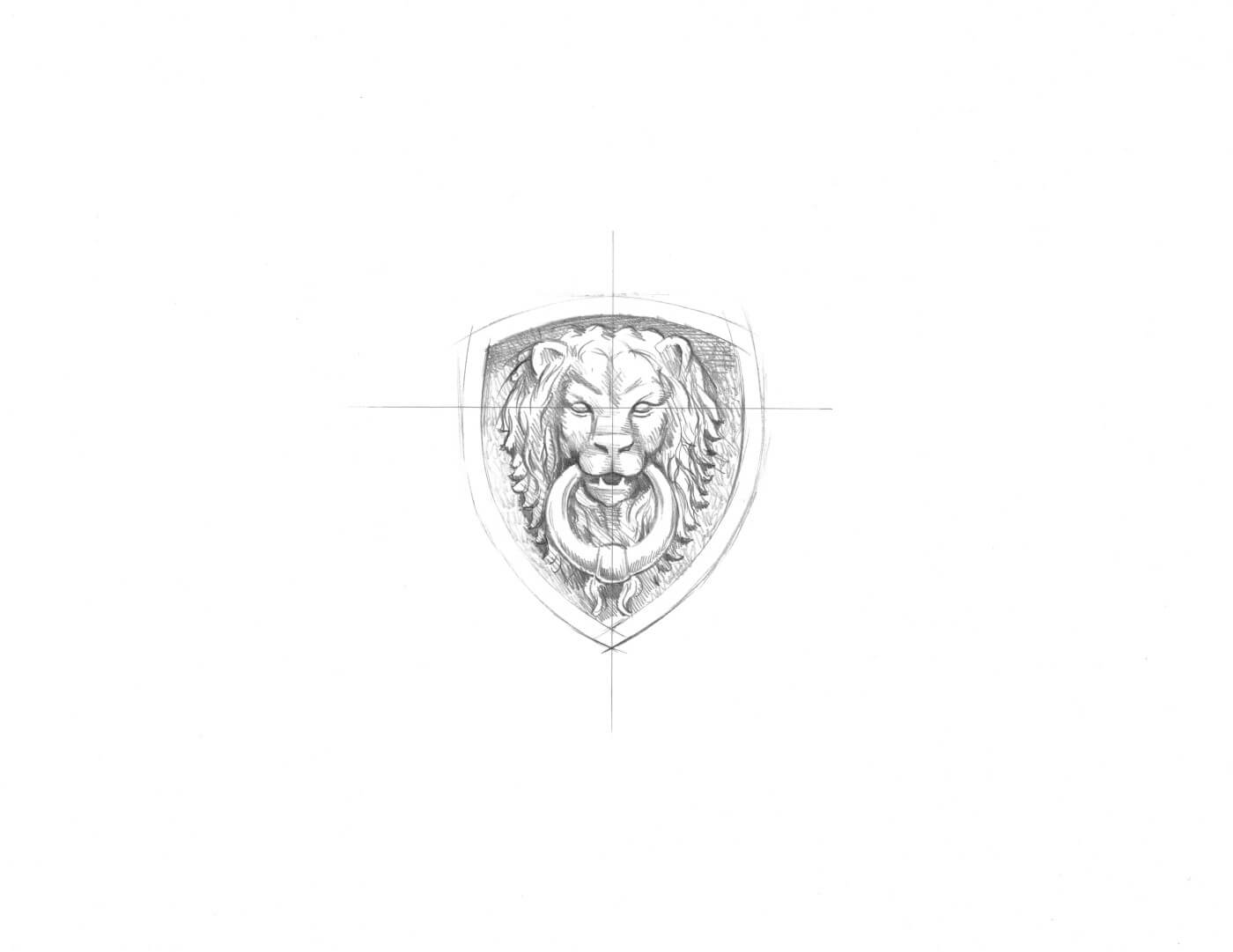The Guardian

If you dig long and hard enough, you'll find a 'dark history' to almost anything. I'm racking my brain for an irrelevant, ridiculous example... But honestly, holding course might give us the best result.
Let me explain...
There is two ways to go about introducing the new Guardian Signet. I might even leave it up to you. A 'choose your own adventure' type of thing. Yeah that's a good idea...
So if you want to FIRSTLY hear about why we chose this particular style for a signet, scroll down to the heading 2: "The Design Concept". But, if you want to hear more about the history of the Design Focal Point, keep reading right below...
Or if you couldn't give a fuck about either of these topics and want to just see the ring, then cuss me out, and scroll all the way to the bottom, scrolling so hard that it looks like you're giving an aggressive thumbs up to the person to your right.
SO, here we go.
The Design Focal Point
You've probably taken enough from my preamble to see where this is leading; the 'dark history'. But to be dead honest, it's not too grim. It's more just slightly humorous, doused with a reality of the times.
The Athenians we actually the originators of the ol' door knocker. With the introduction of 'doors' to replace hangings - they begun to be irritated by guests arriving unannounced. So they needed a work-around to alert of them of the incoming pestery.
(I love the Spartan's approach, which was to just shout their arrival whilst entering. I'm calling for a re-introduction of this style).
Now, to solve for the unannounced visits - the Greeks brought in a system of a 'door knocker'. Which was a slave, attached by chain, who's sole purpose was to answer the door on someones arrival. However, as they'd often pass out, there was a short iron bar that was used to knock on the door and wake up the slave.
Obviously, that bar was just then used as a weapon for home invaders. I believe they took 45mins to figure that one out, after only the second visit. So the iron bar was then secured firmly to the door, to make the style of 'door knocker' we know of today.
The lion head was one of the first sculptural designs for the door knocker, due to its cultural symbolism of strength, courage and protection. This dates back to the Ancient Greek and Roman periods.
It's a symbol that hasn't lost potency over the years, being adopted by traditions throughout the modern world as a figure of, Guardianship.
Allow it to be the front and centre, near the keyhole, at the line of vulnerability; the doorway.

The Design Concept
Now, there is surely a line to draw between the focal point and the design concept - you'll stretch out that conduit to open that flow. But firstly, let me explain the design concept of why we chose this particular style.
It’s a hard thing for a designer when trying to visually capture a concept that is a contextual experience and not easily translated through artwork or in this case, a piece of jewellery.
I’m not sure if just explaining the concept is an easy way out, but I feel it necessary for everyone to appreciate the familiar motifs that may look like weak designing.
Concept;
The origin stories for pieces of jewellery are a fickle mess of inconspicuous happenings...
I've always found this to be true and I'm doubting that I'm a sample size of one.
Think back to questioning where someone has acquired a ring that you've noticed all of a sudden hugging their mitts.
The answer is rarely delivered with lucidity.
Whether it's a mishmash of memories that were rendered flawed through 'party' consumption or simply just an unceremonious arrival or departure from the previous host. As in, its slipped off and nestled in, unpronounced on a new home.
Either which scenario, both resulting in the 'fuck, i can't actually remember ay...' when questioned on where they obtained that ring.
Equally, there is a similar bewilderment when becoming aware of a treasured ring that you've now lost. Not knowing when or how, it's just begun a new existence elsewhere.
So here brews a new concept, not far removed from Your Pa's designs... A piece that is design to be lost and rediscovered.
It's life will start with you, but it'll likely end up in a piss trough at some point. Or flung into the middle of a dance floor. Which will be ok. It'll find its way home. Trust me.
We've designed this ring to resemble a ring of this style. It needed to be significantly notable; 'Oh yeh, that lion head ring you had'. It wasn't going to be overly complex or extravagant, but a bold symbol. Why? Because it needs to be easily adopted by the next wearer... The Lion Head crosses all cultural lines and has consistent relevance through the ages.
The hallmarks secure its bearing on you, here and now.
Around the rim reads; "Howlets Wing & Lions Mane". Which is our rendition of the original Shakespearean quote that birthed the Howlet brand name; "The Howlet's Wing & Lizards Leg".
The Guardian.


